9 techniques to organize your workout space – that will actually make you want to work out
Don’t shove your dumbbells in a corner to collect dust, try these tips instead
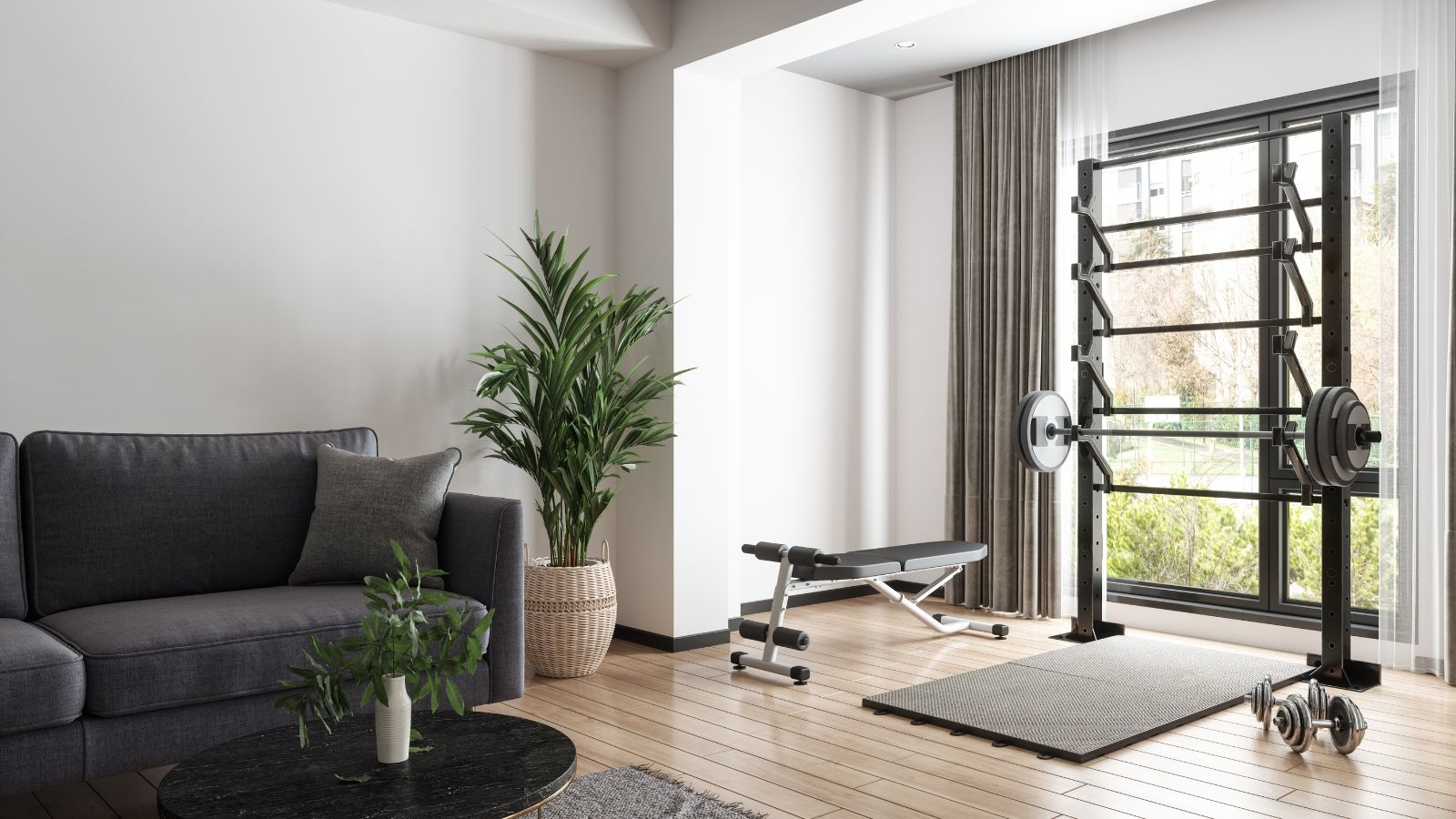

Trying to create a workspace at home can be tricky with the large equipment and space needed for a good routine. As a result, many of us throw our yoga mats and dumbbells in a corner and they are left to collect dust.
But can you organize a workout space in a way that will encourage you to workout? Professional organizers certainly think so.
Here, they share their nine tips for organizing a workout space for the optimal workout routine – no matter if you have a small corner or a whole home gym.
How to organize your workout space
Whether you are designing and decorating a home gym or carving out a small gym space in the spare room, these home organizing tips will ensure you’ll actually want to work out, not dread having to shuffle your equipment around for an hour before you start.
1. Section off a designated workout space
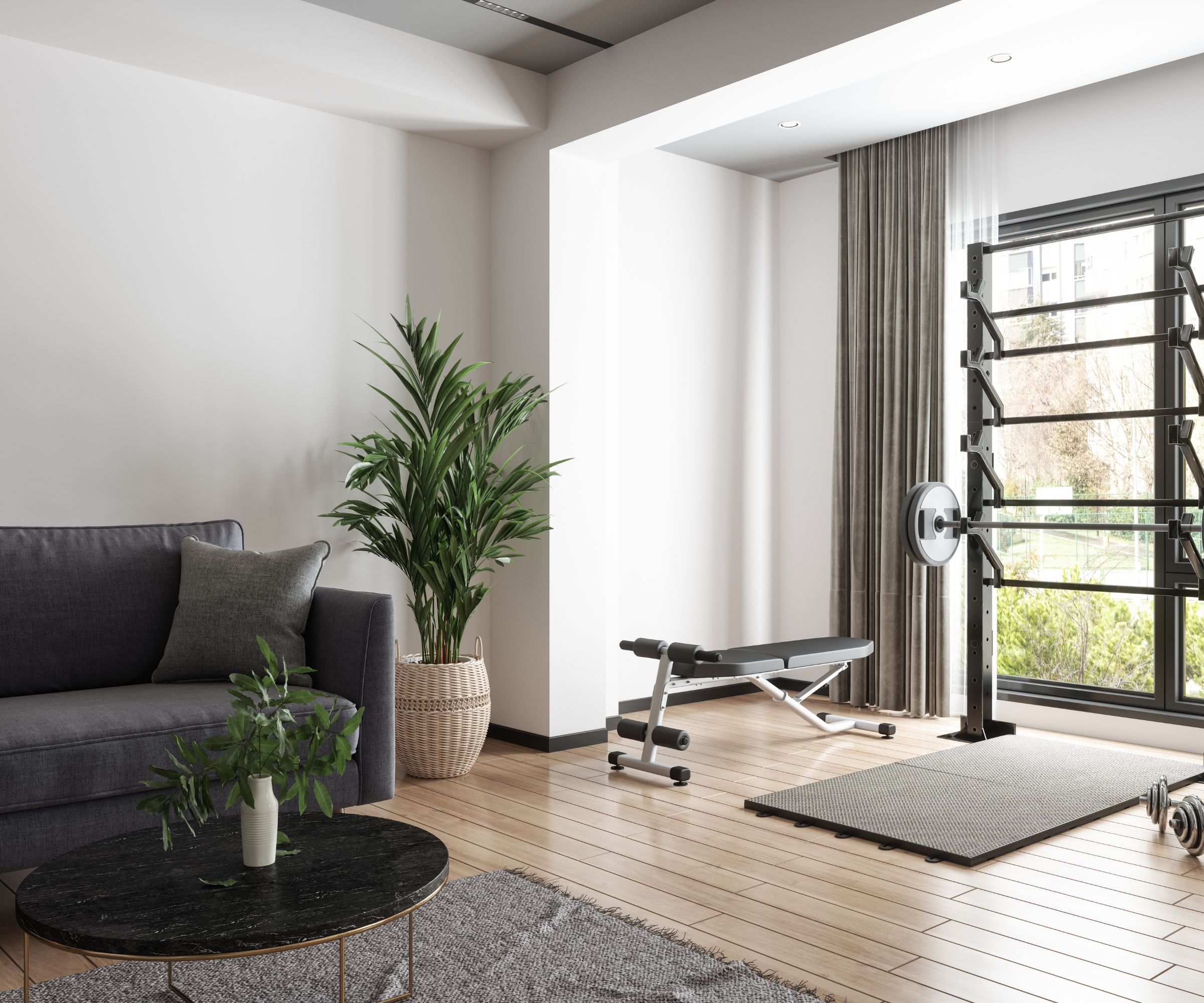
'Whether or not you have a dedicated gym room or only a small section of another room, it is important to establish one area of your home to do your workouts begin,' says Audra George, professional home organizer and owner of Pretty Neat: An Organizational Solution, Oklahoma. This helps to build a solid routine so working out can become a habit while also keeping your equipment neat, she says. ‘A place with room to perform the exercises you want and clear of distractions is best and will be the most functional.’
Amélie Saint-Jaques, professional organizer, Kon-Mari consultant, and owner of Amélie Organzes continues: ‘All the large and bulky equipment must be placed where it can be used properly, without getting in the way; for most people, this will be the garage, or perhaps a spare room in the house. Don’t hesitate to use thin foam padding to protect your floors.
‘In the event that you have something like a stationary bike that must be kept in a room already used for something else, like a home office, consider using a room divider. A folding screen or even a sturdy bookcase will create a clear division in the space so that the equipment shouldn’t bother you. (Of course, I’m assuming that you are using the gym equipment, and it’s not just gathering dust!).’
2. Treat your workout space like any other gym
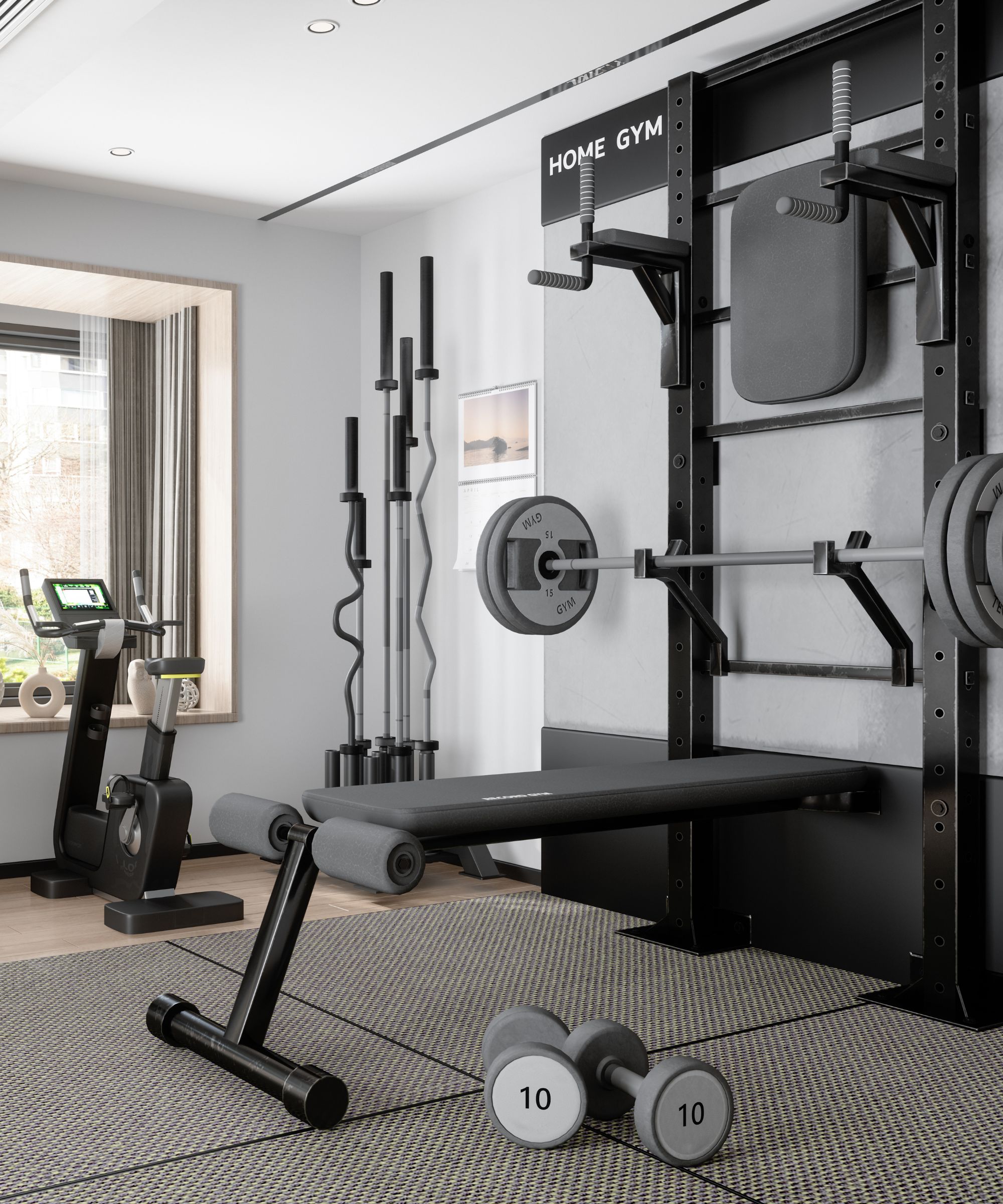
Just because this workout space is in your home, doesn't mean you should treat it any differently to a public shared space, reminds Elizabeth Lulu Miranda, professional organizer and Founder of Mercury Organizing. Treating it in such a way is the best way to keep it neat, organized, and hygienic:
‘Maintaining an organized at-home exercise space, regardless of its size, is simple. Treat your workout room as you would any other gym. Keep it clean and organized. Before you start working out, make sure to clear out the clutter. Remove distractions so that you can stay focused and not have any interruptions during your workout.’
3. Declutter equipment you don't like or use
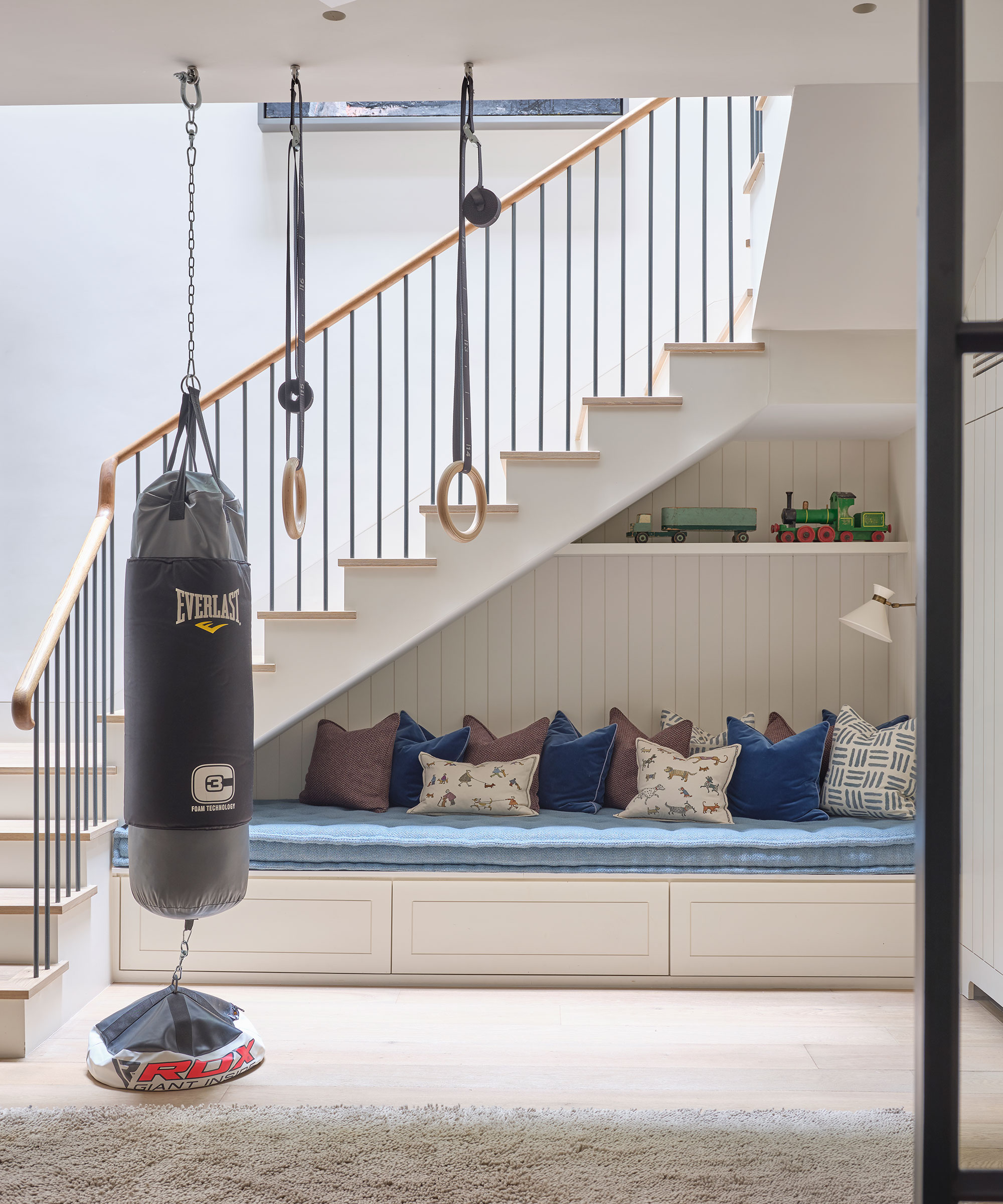
While it can be great to have multiple types of equipment to choose from for your workout, there is no point in keeping large or bulky items that you don't use (or really hate). One of the great things about a home gym is the ability to tailor it to your preferences, so declutter anything you don't use to make more space for movement, and only keep items such as your best dumbbells and best treadmill, etc., urges Jackie Pittman, professional organizer and Founder of Chez Nous Organizing
‘Be realistic about what has been sitting around your home,’ she says. ‘Exercise fads are a thing, and it's better to have more room for what is currently motivating you to move your body.’
4. Ensure storage is strong enough
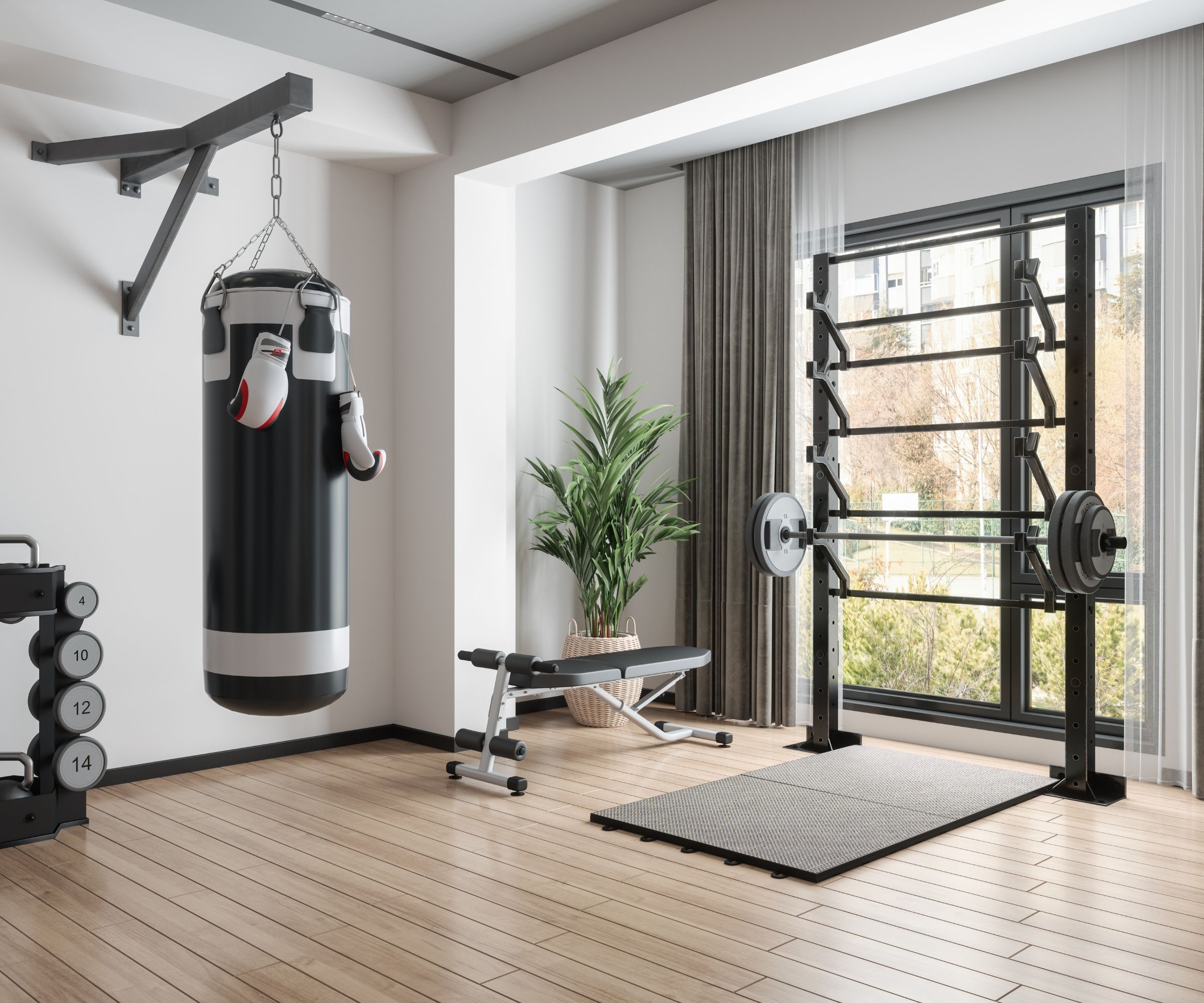
Unlike most of your regular home storage ideas, your gym storage must be strong enough to hold up to the challenge of weights and bulky equipment, warns professional organizer Audra George.
She recommends ‘investing in appropriate storage shelves, weight racks, and containers to hold exercise bands and other equipment you need to store. Then, label containers so equipment is easy to use and store when your workout is complete.’
5. Conceal equipment when not in use
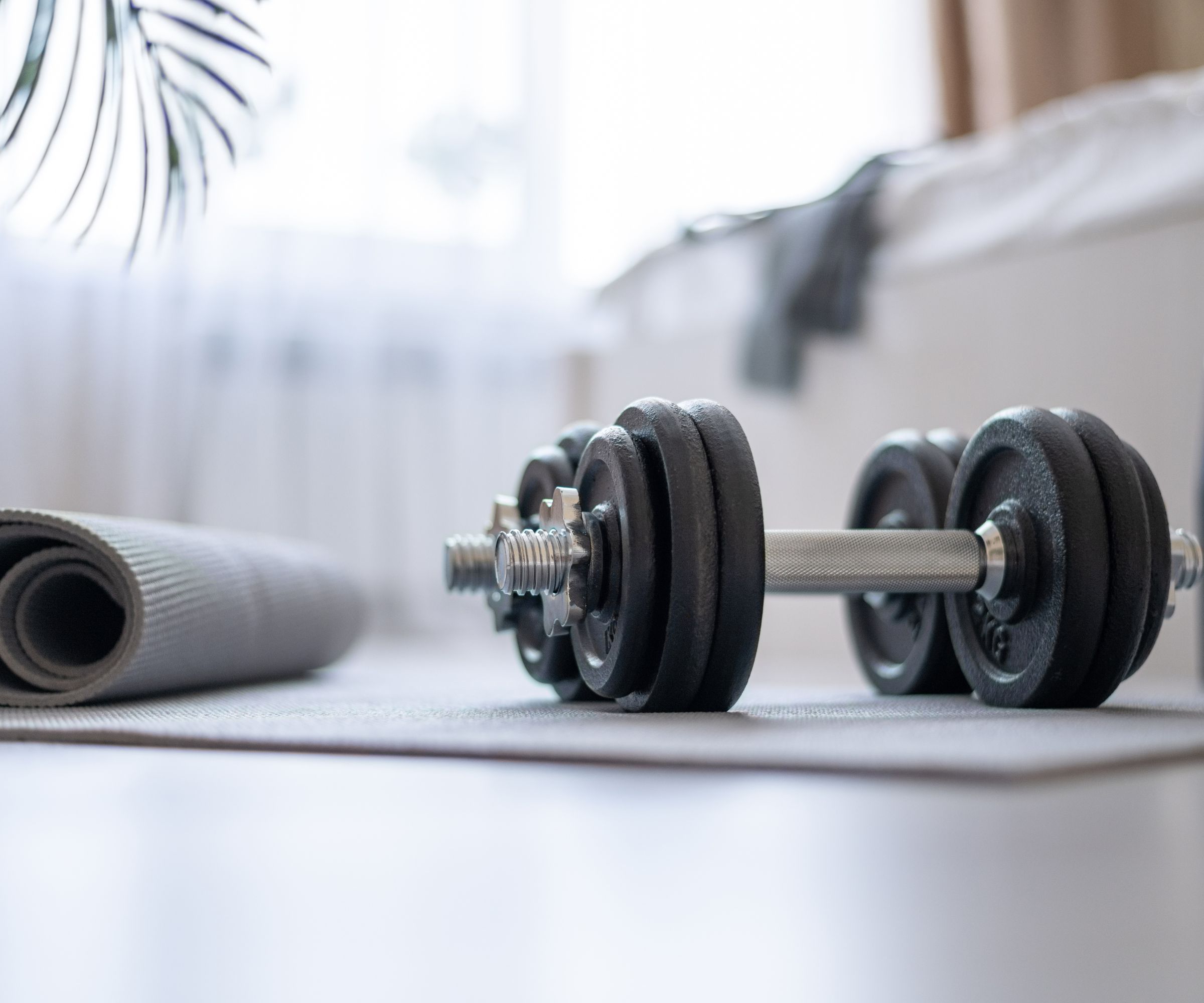
You have to organize your home with health and well-being in mind, meaning it is beneficial if you can conceal your bulky workout appliances when not in use. This makes your home feel less cluttered so your mind can rest while also allowing you to work your body.
‘If you have small equipment that can be moved easily, like a yoga mat or a pair of dumbbells, make sure that they have a designated spot to live when not in use, and put them back there when you are done. If it’s just a few items, a spare drawer in your dresser or bin in your closet might be enough,’ says Amélie Saint-Jaques, professional organizer.
‘For a true home gym, I recommend a sturdy storage rack like this from Amazon, so everything has a spot and doesn’t get in your way when not in use.’
6. Make storage vertical to save space
So much gym equipment is big and bulky meaning it takes up valuable floor space. to take some of that real estate back for the workout itself, organizer Jackie Pittman recommends investing in vertical storage to save space:
‘Invest in heavy-duty wall-mounted hooks or racks specifically designed to hold items like yoga mats, resistance bands, and foam rollers. This not only frees up valuable floor space but also keeps your equipment organized and easily accessible.’
7. Consider the length of the cables
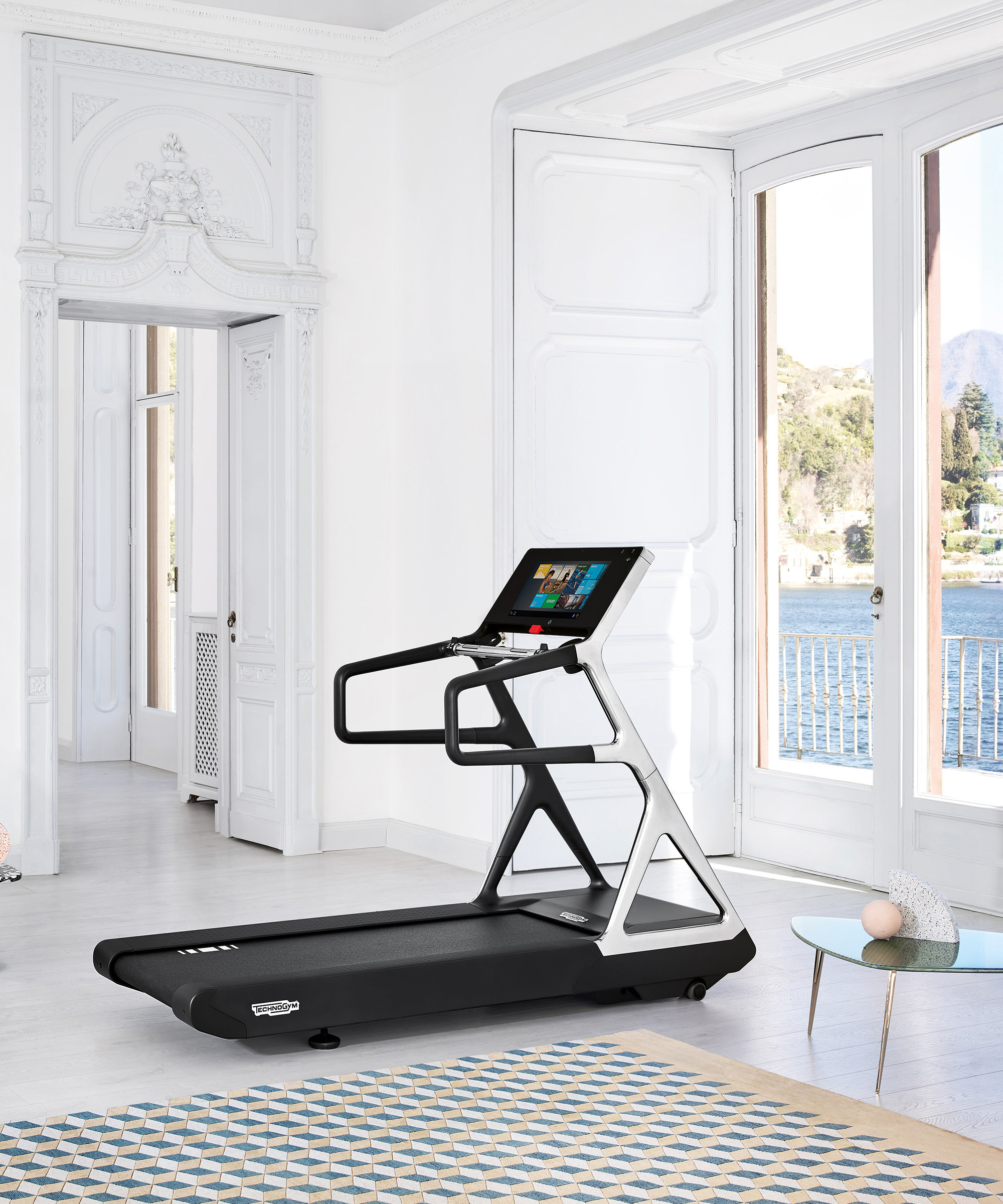
When organizing and laying out a workout space, the length of your machine cables will likely dictate how you set up the space. Professional organizer Elizabeth Lulu Miranda suggests starting with this first when you have multiple large appliances and working from there to prevent tripping hazards:
‘Start by identifying the equipment you use most often and give it a prominent place in your setup. Consider the location of wall outlets and the length of power cords when deciding where to place your equipment.’
8. Avoid closed storage
Closed-off storage is usually great for hiding away unsightly, bulky items that we don't use all day every day. When it comes to gym equipment, however, open storage is best to keep everything hygienic, ward off bad smells, and make your home smell nice, recommends Jackie Pittman, professional organizer:
‘Avoid putting things in closed bins at all costs and opt for materials like plastic or metal that can be easily wiped down with disinfectant wipes.’
9. Keep cleaning supplies nearby
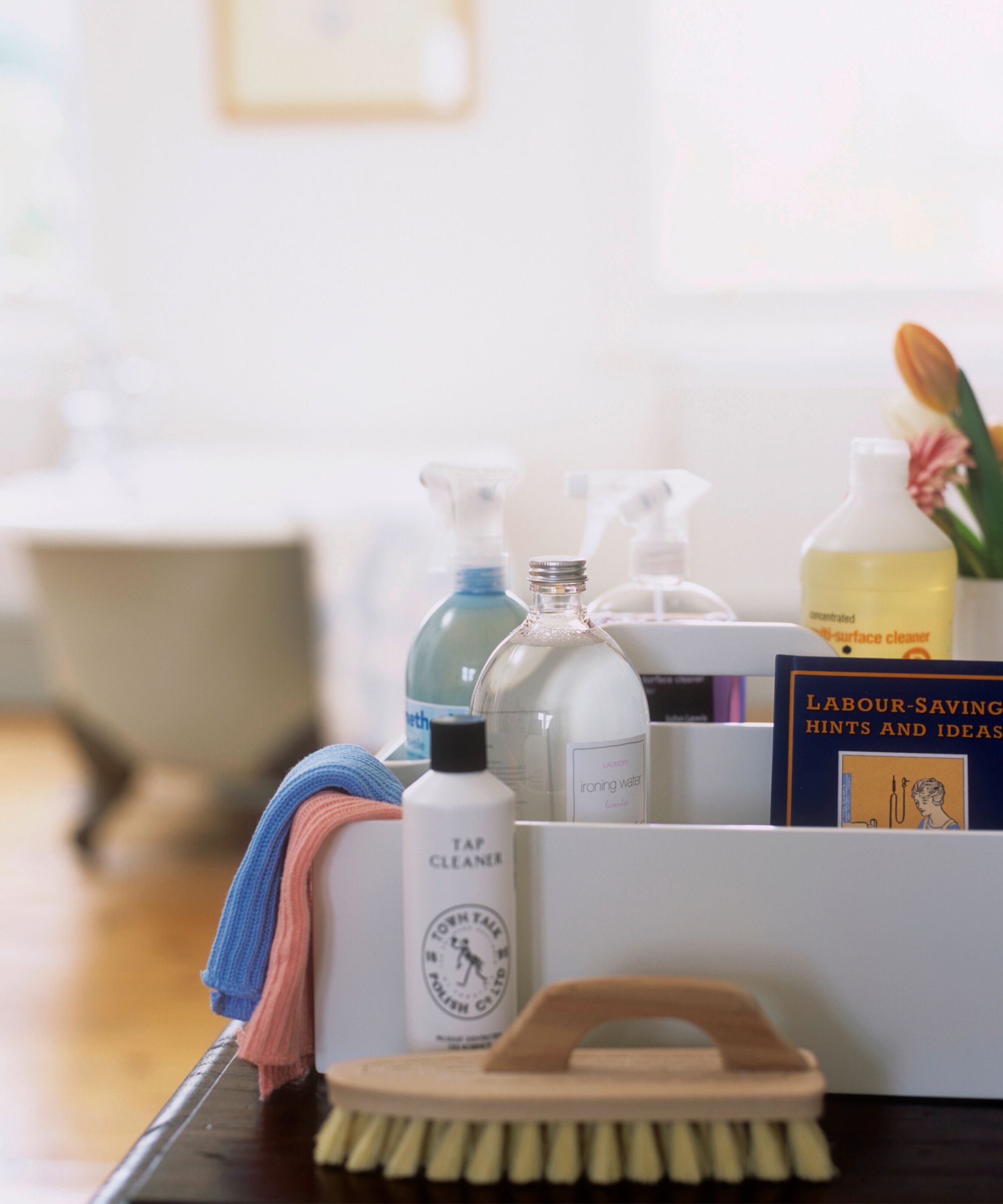
Similarly, when organizing a workout space, keeping cleaning supplies and disinfectant wipes nearby is a must for keeping your space safe and your home smelling fresh, adds Amélie Saint-Jaques, professional organizer/ ‘It is always a good idea to store the necessary cleaning supplies close by. Ideally, you’d want alcohol wipes and hand towels within reach so that you can clean up right then and there when you exercise – and don’t forget a trash bin and hamper for easy clean up.’
FAQs
What is the best flooring for an exercise space?
When setting up a workout space at home, it is a good idea to use rubber matting or flooring to carve out a workout zone. Not only is this flooring softer but still supportive for the joints when doing high-impact workouts, but it is also easier to clean and maintain too for a hygienic home gym. This can be laid both on top of or instead of other flooring types.
What are the disadvantages of a home gym?
One of the biggest disadvantages to a home gym is that you might find yourself more easily distracted by chores, TV, or other hobbies you have nearby. This is why it is important to set up a dedicated workout space free from distractions – such as in a spare room, basement, or garage.
If you do not have the space in your home to keep all of your gym equipment together, Jackie Pittman, professional organizer, recommends using concealed storage in other rooms for smaller equipment that you can pull out as needed: ‘Use under-bed storage containers or over-the-door organizers to store smaller gym accessories like resistance bands, jump ropes, and yoga straps,’ she recommends. ‘Incorporate furniture with hidden storage compartments, such as storage benches or ottomans, to discreetly store larger items like yoga mats or foam rollers when not in use.
‘My favorite product for this is the Elfa Door Rack from The Container Store. It can be customized for so many uses and slides neatly behind almost any door.
Sign up to the Homes & Gardens newsletter
Design expertise in your inbox – from inspiring decorating ideas and beautiful celebrity homes to practical gardening advice and shopping round-ups.

Chiana has been at Homes & Gardens for two years and is our resident 'queen' of non-toxic living. She spends most of her time producing content for the Solved section of the website, helping readers get the most out of their homes through clever decluttering, cleaning, and tidying tips. She was named one of Fixr's top home improvement journalists in 2024.
-
 Your perfect Easter menu: our favorite Easter recipes for effortless entertaining
Your perfect Easter menu: our favorite Easter recipes for effortless entertainingFresh flavors, easy dishes, and crowd-pleasing ideas – our selection of Easter recipes make for a relaxed yet elevated spring celebration
By Alice Hart
-
 Sherry cosmopolitan
Sherry cosmopolitanThis sherry cosmopolitan is a lighter take on the classic cocktail, perfect for spring gatherings when you want something zesty and bright
By Alice Hart